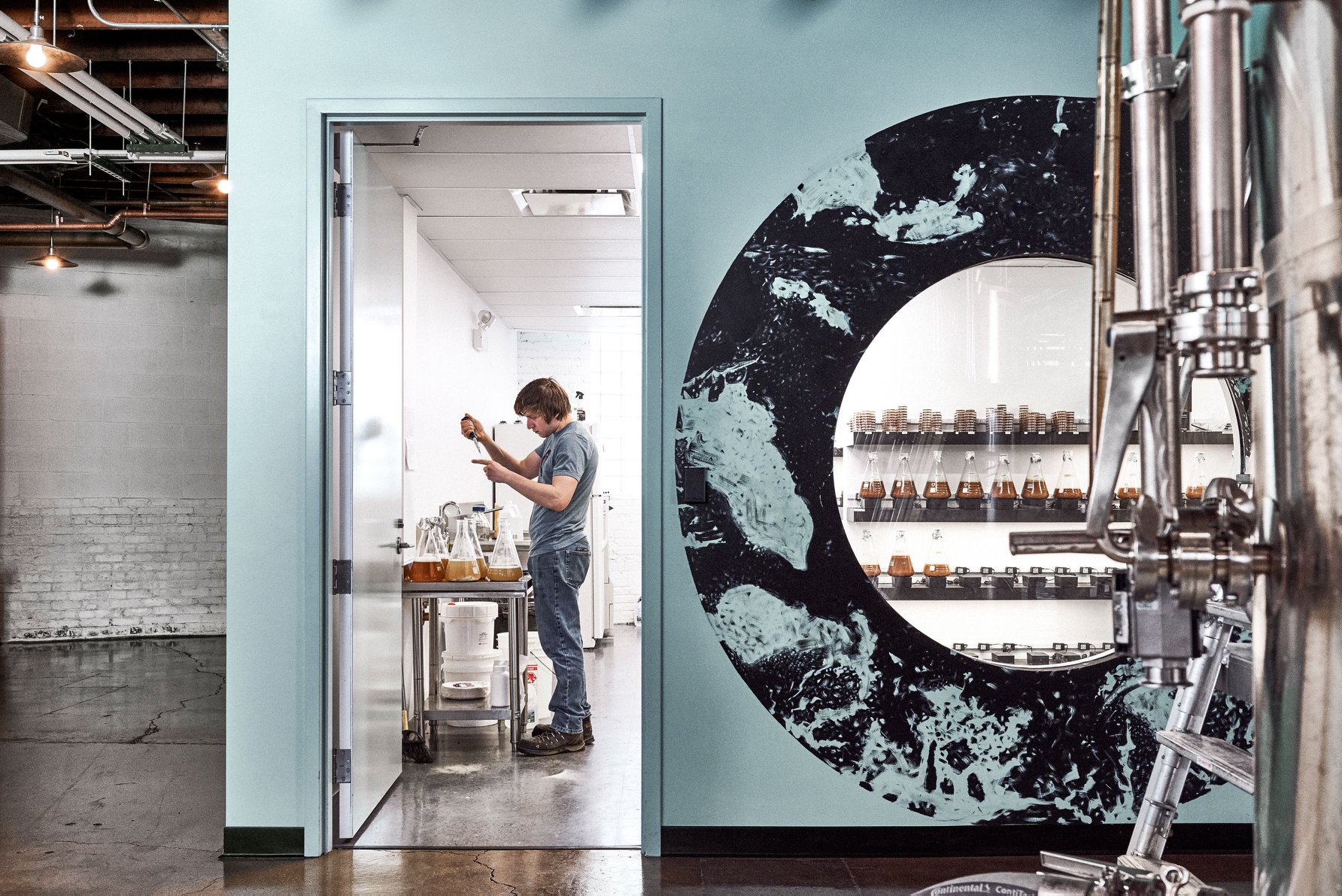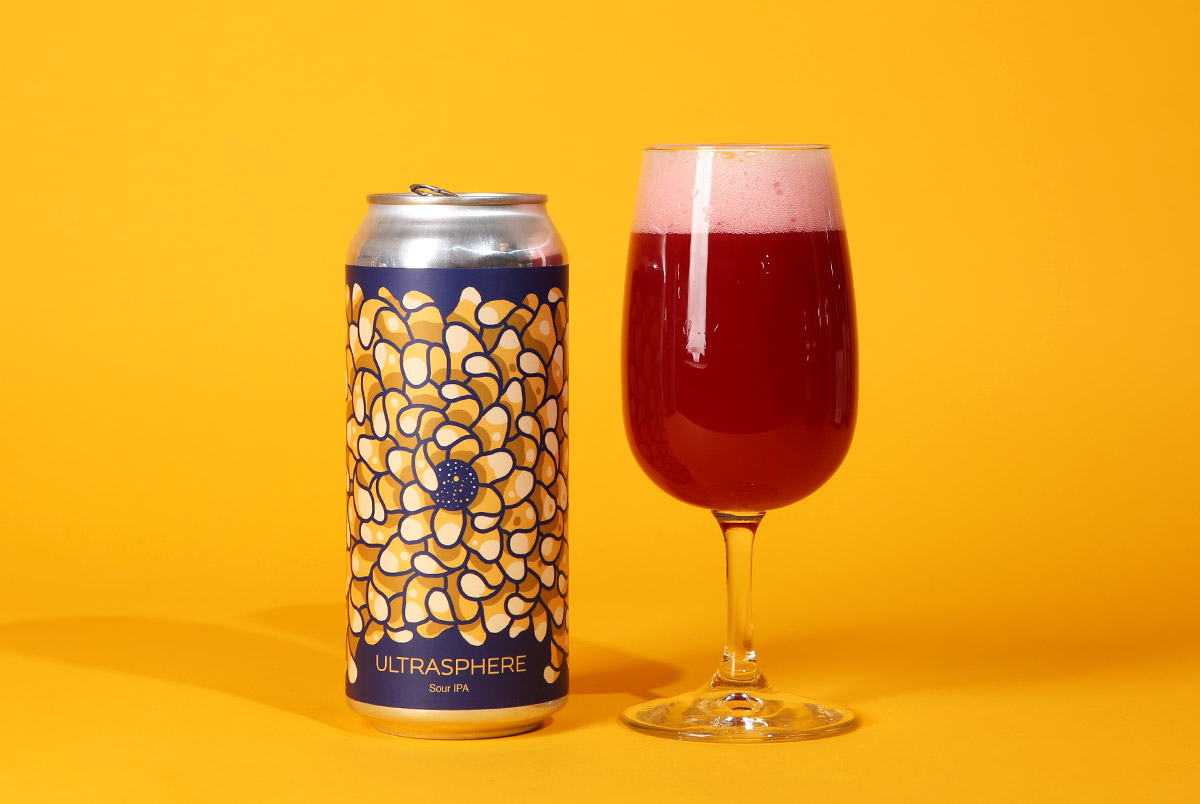Shop
What’s Kveik? (And Why is Your Favorite Brewer Using It?)
It's pronounced “kuh-vike.”
Looking to Learn More?
As is often the case, what’s old is new again, and for many brewers, Kveik is proving to be no different. To put it simply, Kveik (think “kuh-vike,” as a native speaker would pronounce it––not “kwike”) is a traditional Norwegian word for a type of ancient, domesticated yeast. It originally comes from southern and western Norway, but after generations of homebrewers cultivating it, passing it down, and reusing it, this hardy yeast has begun making a name for itself on a much larger scale.
The Quick Origins of Kveik Yeast
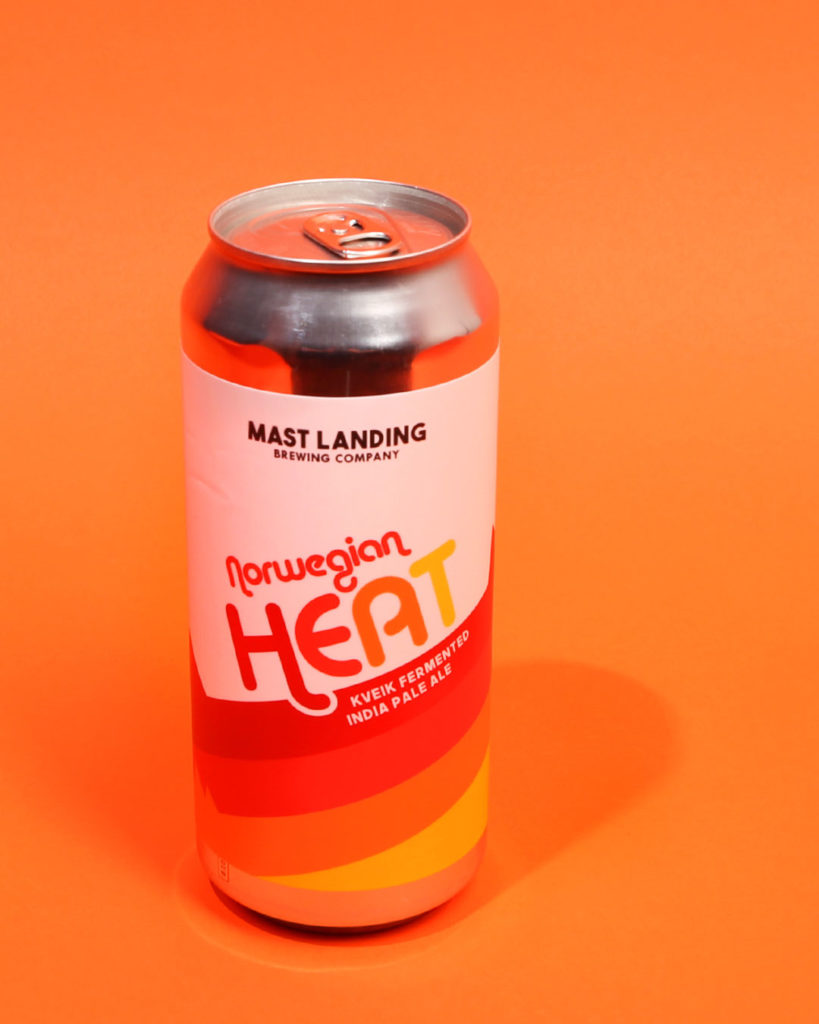
Photography courtesy of John A Paradiso | Hop Culture
Where most of today’s brewers utilize modern methods to carefully isolate their yeast strains for specific flavor profiles, historically, those brewing with Kveik relied upon a decidedly different fermentation process.
Before the rise of complex systems for separating and preserving yeast, brewers would use everything from bottles and linen to yeast logs and wooden rings to grow their cultures. Brewers naturally preferred to use fresher yeast, so they would borrow some from a neighbor in their town or the next one over in the event of mold.
Cultures between different towns would vary widely, and as a result, traditional Kveik would likely contain a blend of strains sourced from many different brewers.
While some commercial brewers using this yeast strain have changed to keep up with demand, many have continued to use the same tried-and-true techniques.
What Makes Kveik Yeast So Unique?
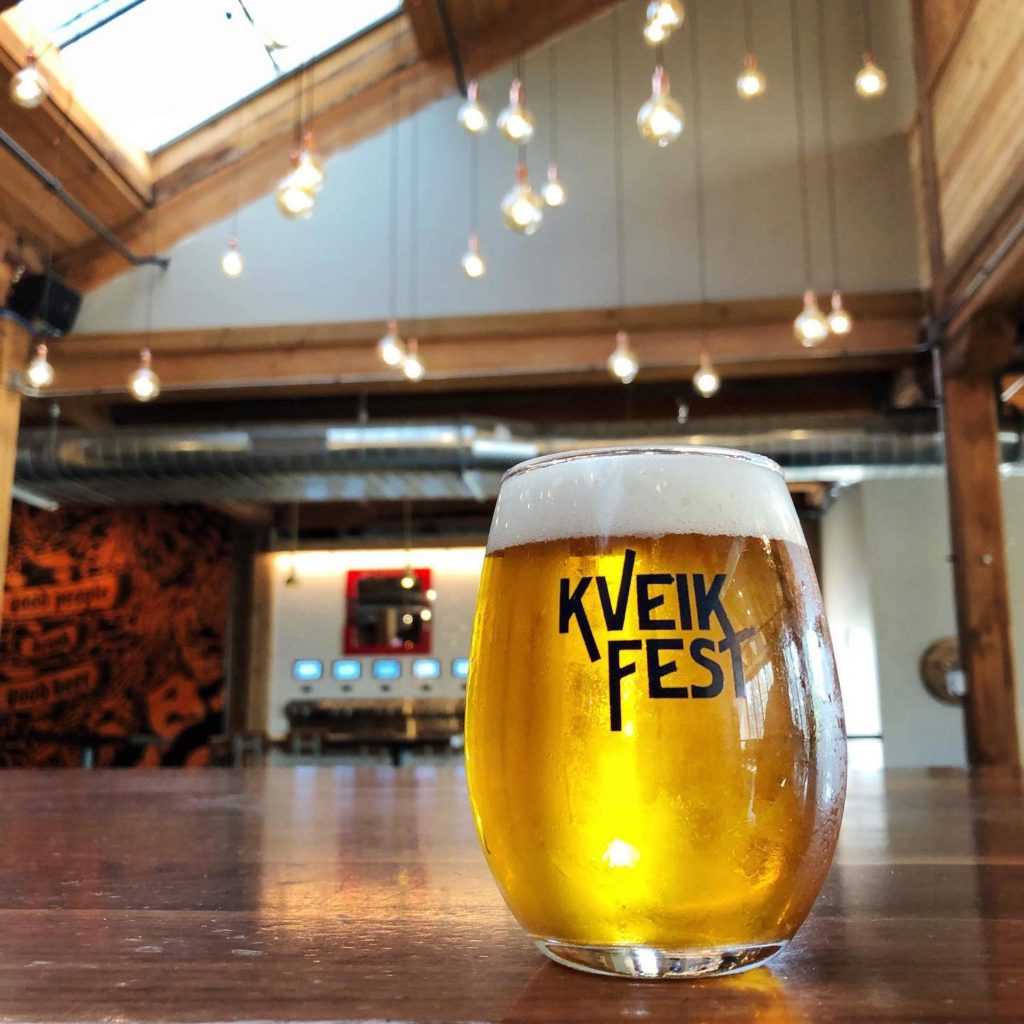
Photography courtesy of Omega Yeast
Until several years ago, Kveik brewing had been chiefly a lost art, but with Lars Garshol’s tireless research collected while traveling around Norway, brewers have begun to rediscover the unique qualities which make this yeast so special.
Most notably, Kveik has proven to be a remarkably resilient yeast. In contrast to most widely used yeasts, happiest at ~70ºF in a moderately alcoholic environment, Kveik ferments at extremely high temperatures (up to about 110ºF) and significantly higher alcohol concentrations. Where other yeasts would produce odd flavors or die, it’s under these conditions that Kveik’s magic happens.
Kveik also produces a variety of flavors depending on the temperature at which it’s fermented. So, even though it may be comfortable at extremes, it yields excellent results at more typical fermentation temperatures, too.
Because of its high heat tolerance, the chemical reactions occurring during fermentation happen very quickly, making this Norwegian yeast strain quite the time-efficient yeast for brewing. For instance, Lars Garshol reports one extreme example in which dried and dormant Kveik began visibly fermenting within thirty minutes.
Also, it can be quickly dried and reused, allowing cultures to be preserved even after the batch is complete.
Given the remarkable characteristics Kveik has going for it, it’s no wonder it recently exploded in popularity. But how did one of the beer world’s best-kept secrets make it onto brewers’ radars in the United States? Enter Chicago’s Omega Yeast.
The Resurgence of Kveik Yeast
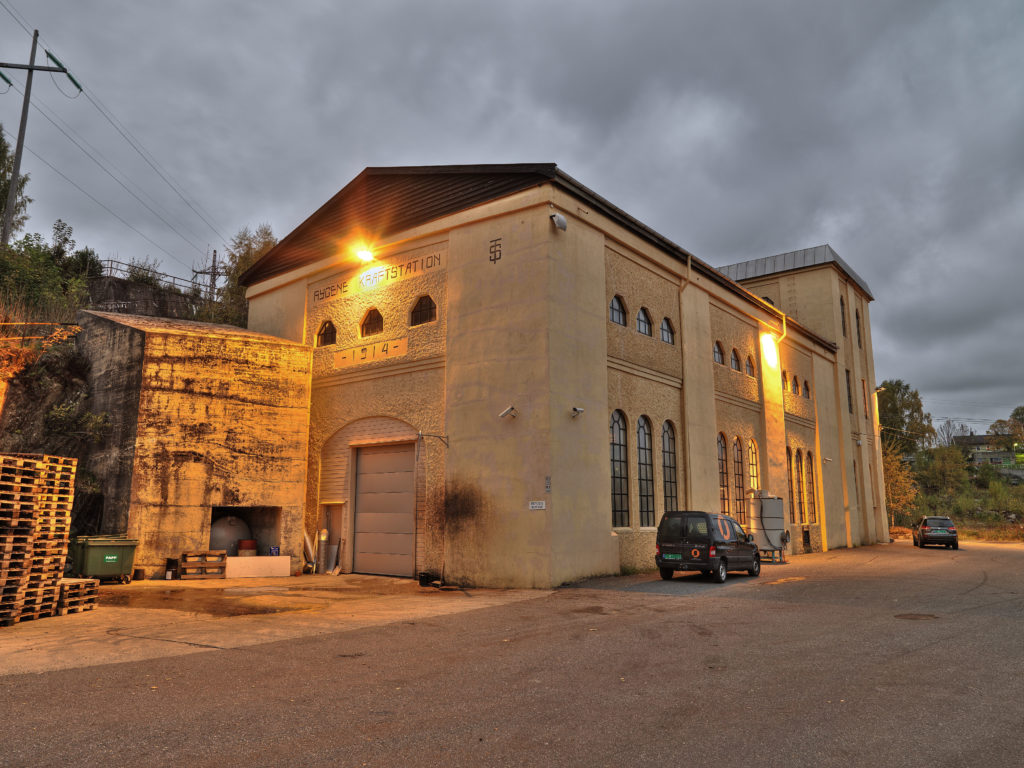
Photography courtesy of Nøgne Ø
For those who don’t know, Omega Yeast is a carefully curated team of microbiologists, brewers, and craft beer fans dedicated to sourcing yeast strains for professionals and homebrewers.
Omega Yeast founders Lance Shaner and Mark Schwarz first heard about Kveik through Lars Garshol’s blog in 2015, at which point they decided to give the Norwegian yeast its big stateside break. That same year, they received a package from Garshol containing a strain of Kveik he had collected and sent away for isolation.
The Omega Yeast team brewed a split batch at various temperatures, reporting “beautiful results at both low ale temperatures and higher ones.” Seeing the promise of the Norwegian yeast, Shaner and Schwarz decided to cultivate their strain (called HotHead®) and sell it to professional brewers and homebrewers alike.
When asked about Omega Yeast’s decision to carry Kveik, co-founder Mark Schwarz seemed particularly excited about the yeast’s application for homebrewers. Because of Kveik’s resilience, he notes that it “doesn’t require the sophisticated temperature control setups of other yeasts.”
Kveik’s benefits aren’t limited to homebrewers, though, as Omega Yeast’s Lance Shaner reports: As a result of the yeast’s speedy fermentation, “pro-brewers can make beer in half the time, allowing them to double their productivity while also getting more mileage out of their equipment.”
Kveik has the potential to make both homebrewing more accessible and commercial brewing more productive––it’s about time people started talking about it.
Though Kveik has become an increasingly global phenomenon, Norway’s Nøgne Ø proves that the country’s domestic breweries aren’t missing out on the trend. Tom Young from Nøgne Ø was excited by the Kveik boom because it meant they could, “for the very first time, brew a beer by solely using local and Norwegian ingredients.”
Nøgne Ø’s first beer made with Kveik was their Nøgne Ø Norsk Høst (Norwegian Autumn), but Young said that they have since “brewed around twenty brews using Kveik, exploring the use of Kveik in different beer styles from lagers to traditional Norwegian raw ale.”
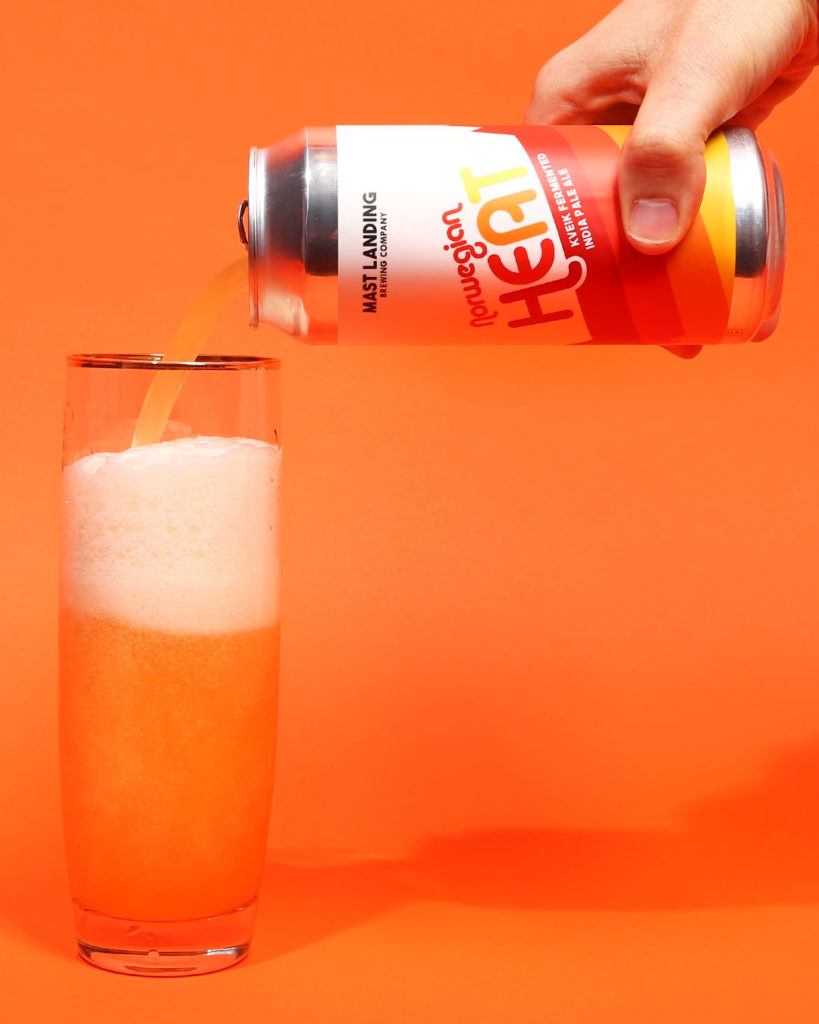
Photography courtesy of John A. Paradiso | Hop Culture
Maine-based Mast Landing Brewing Co. has a resident Kveik advocate in head brewer Simon Burhoe. He sees the Kveik boom as a product of New England IPAs becoming more popular because “some Kveik yeasts can be insanely tropical/fruity, which really works in NEIPAs and compliments all the fruit-forward hops brewers are using.”
He adds, “Some Kveik cultures exhibit very pleasant ‘saison-like’ character, which works really well for anyone brewing a saison or Belgian-inspired beer with Kveik.” If those styles aren’t your thing, don’t fret––Burhoe feels that, although “Kveik is still in its early stages of popularity and remains a pretty niche ingredient,” it’s likely that “we’ll see it become more popular and be used in a wider range of styles.”
Kveik has quickly become in vogue and has progressed from niche trend to a brewing mainstay. And, if nothing else, Kveik’s brought some much-deserved attention back to fermentation. But, if there’s one takeaway from those who know Kveik, it’s that this is just the tip of the iceberg. In Burhoe’s words, “these yeasts have a lot more to offer the brewing community than just being quick-fermenting fruit bombs.”
Liked this article? Sign up for our newsletter to get the best craft beer writing on the web delivered straight to your inbox.

